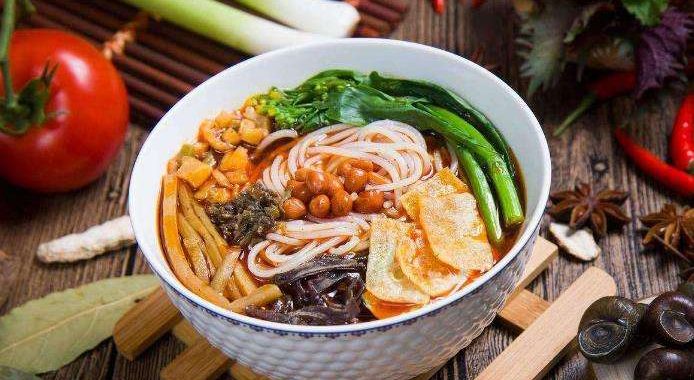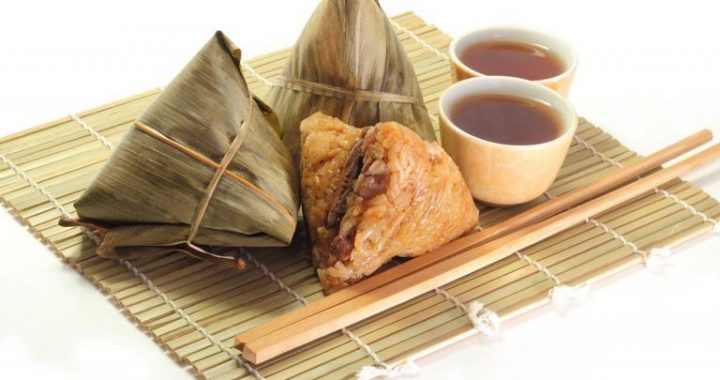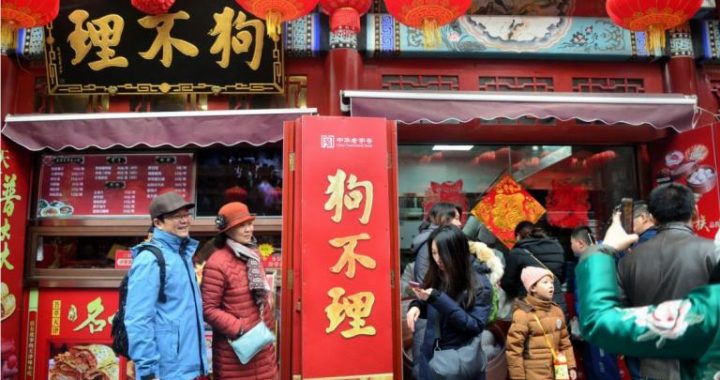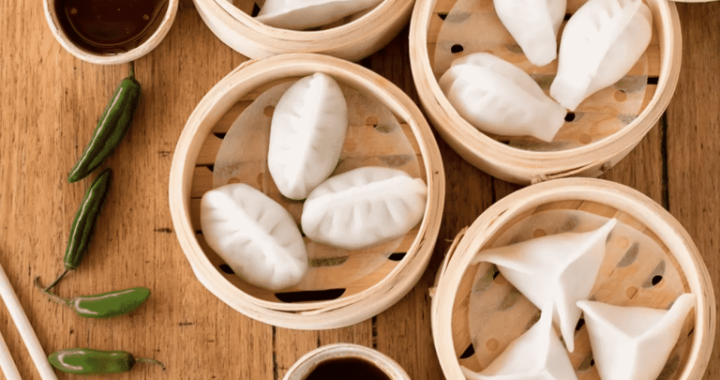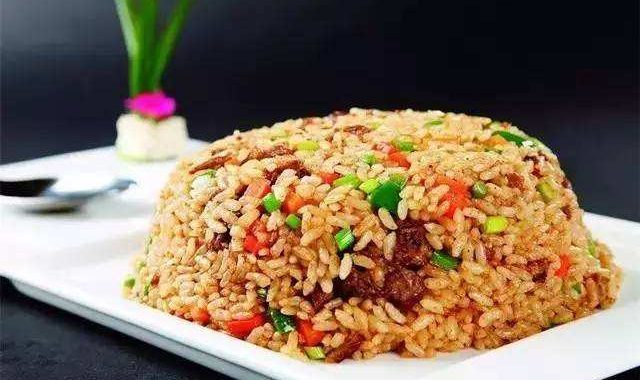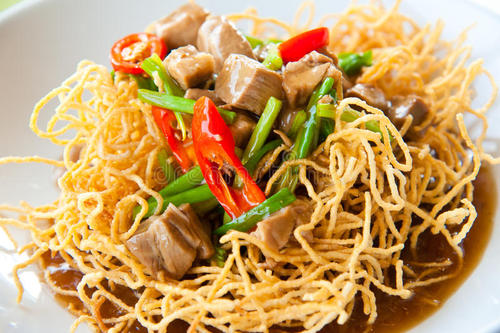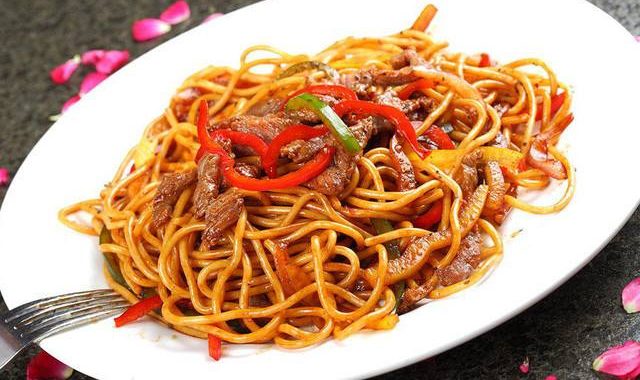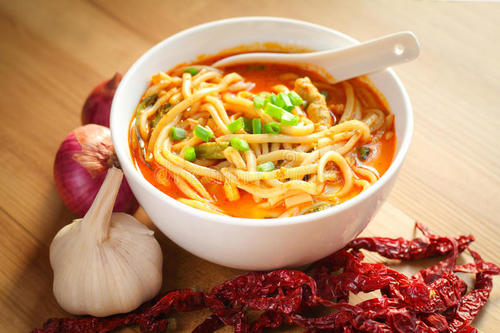Cuisine
4 min readThe culture of Chinese cuisine also embodies original Chinese philosophy concept.
The art form that represents this culture comes in two folds, geometry form and form of nature, which mainly consists of animal figures.
Chinese New Year meal-eating dumplings, Wonton and grain twister on the first of the lunar year.
Wonton and grain twister.
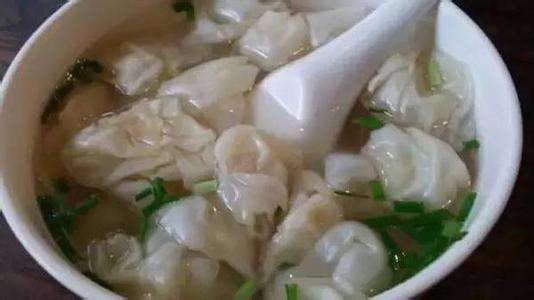
Geometry symbols: In social rituals, the all-time theme is where human life comes from. It is mother’s body of the universe that breeds all living things on earth. What does it look like? Chinese believed that it was like the shape of steamed bread with a round sky (and flat earth) and red beans inside. Therefore, they made “Wonton”to celebrate birth. The theme on wedding ceremony is to produce life through matching male and female, yin and yang. Therefore the gift bread is “cereal twist, ” geometry code imitating inter-winding- of yin–yang, with jujubes in between as symbol of life.
When life ends, it goes back to the”wonton”universe, then there would be no more red bean in the steamed bread. However, red dot or rotating code is painted on the top to symbolize the sun. In custom festivals, when the land warms up to start spring, traditional food for Chinese is “jiaozi” (dumpling) and “hezi,” homonym for making kids.
Big ‘Guo Kui,” a special food product of Shandong, with a facial pattern as a symbol of the rotating sun.
Floury flower-Jujubes Mountain, for Chinese New Year (Zhongyang, Shanxi).
The process of making floury flower.
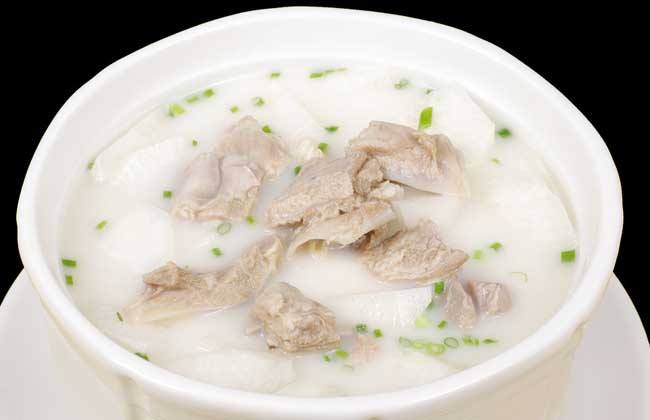
A housewife making a birthday gift bread of a pair of yin-yang sheep(Cixian County, Hebei).
The other art form is the totem animal symbol displayed in Chinese food and eating culture. In areas where fish and frog are idolized, people believe that life come from mother’s body of yin-yang fish or yin-yang frog. Therefore, they make holiday bread in the shape of a pair of fish; or a pair of tigers in areas of tiger idol; or tiger head on a dragon body with fish tail; implying integration of earth and the sky. For sheep-idol area, it is pair of sheep, or three sheep that marks a new beginning.
The floury flower made into geometry or animal symbols are deemed as patron saint, and saint of propagation. Therefore, they are supposed to be made for family or relatives only in order to benefit the family. On the day of Sheep Festival in Hebei, people make floury sheep and eat it too. As a folk proverb goes, “you have the head and I have the foot, we all live till ninety-nine years old.”Eating floury sheep is believed to help keep the family safe and maintain longevity.
On Chinese New Year, floury flowers are served for various reasons, from a wish for health and longevity for family members and loves ones; to a prayer for harvest year and good fortune. At the start of spring ploughing, people bury certain food underground for god of earth praying for a bumper harvest. On the Pure Brightness Day, floury flower is to worship ancestors and ask for blessings of their spirits in heaven. Floury flower with these implications are meant to be consumed, therefore, they are rarely painted.
In few places, floury flower are painted in colors like the “cold swallow” for the Pure Brightness Festival in Daixian County Shanxi; and the floury flower in Guanxian County, Shandong. These are made for offerings, not for consumption, Some cuisine art works are made for large-scale annual worship of ancestors, god, past emperors and warriors. The ceremonial bread for such occasions is usually made with exquisite style and bright colors An example in this category is the butter flower from Tibetan ethnic group, a variety of vivid human figures, animals, plants and religious events made with solid butter delicately carved and beautifully painted. They are often displayed at Tibetan and Buddhist worship services in Potala Palace in Tibet, Kumbum Monastery in Qinghai, Labrang Monastery in Gansu, Meidaizhao Monastery in Inner Mongolia, and Yonghe Lama Temple in Beijing.
Gift bread for the worship of ancestors (Anyang, Gansu).
Holiday bread “swallow platter”is a round three-layer sandwich filled with jujubes on each layer (some with eggs and jujubes). According to local folks, “it is Chinese New Year bread. In spring, swallows are coming back, and the ‘swallow platter’ is to make a nest for them. The three layers symbolize the sky, people and earth; and the jujubes and eggs are meant for good harvest and lots of children.
In northern Shaanxi, a floury flower used as tribute to god on Chinese New Year is the “mountain of jujubes, “made with winding noodles and jujubes in between in a pattern of “a snake twining round eggs . The jujube is a symbol of good harvest and many children. In Shanxi, the “mountain of jujubes”is “Two babies (a boy and a girl) with coiled hair, “representing Fuxi and Nuwa, two very first ancestors of Chinese nationals according to an ancient fairy tale.
